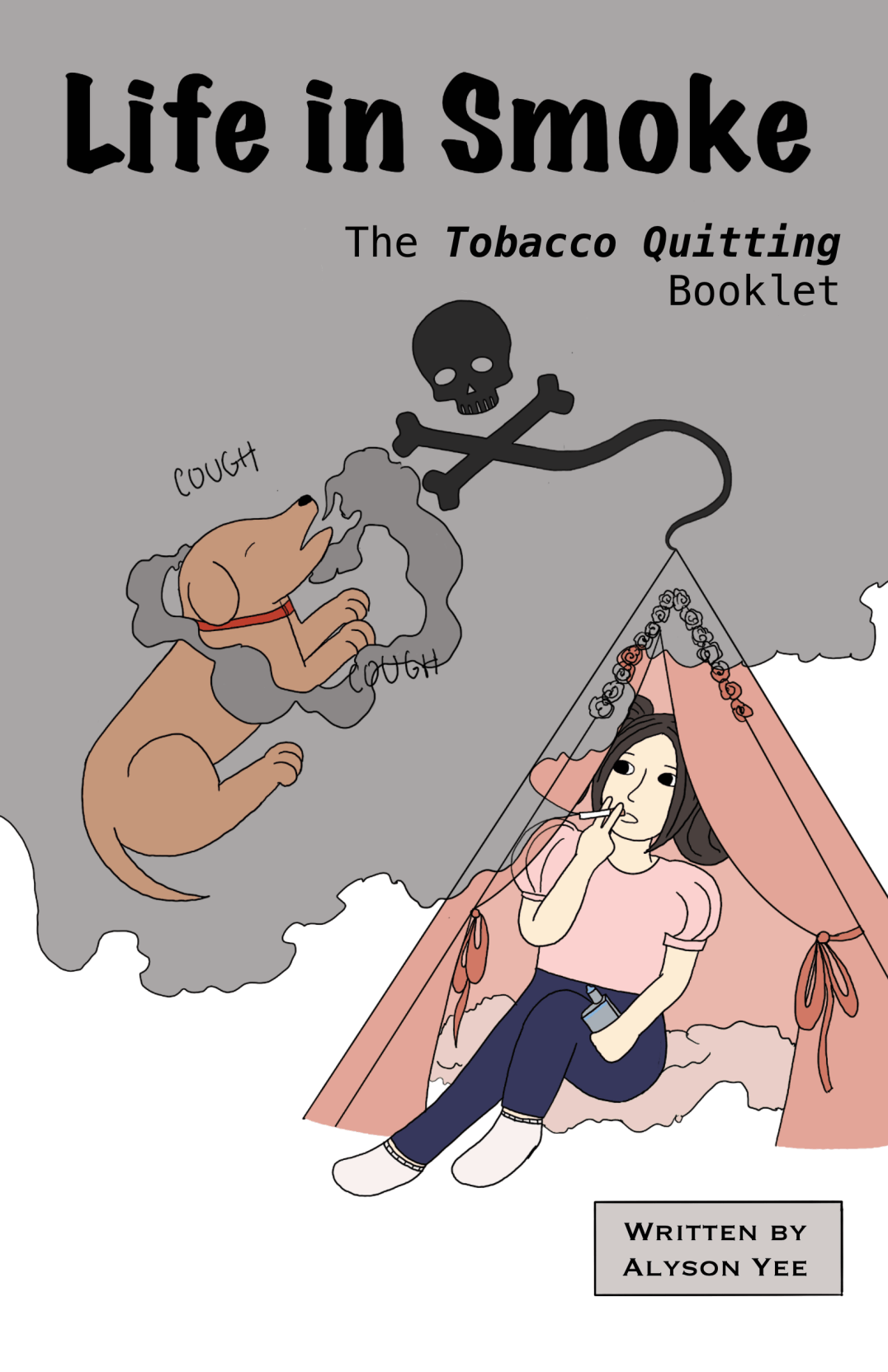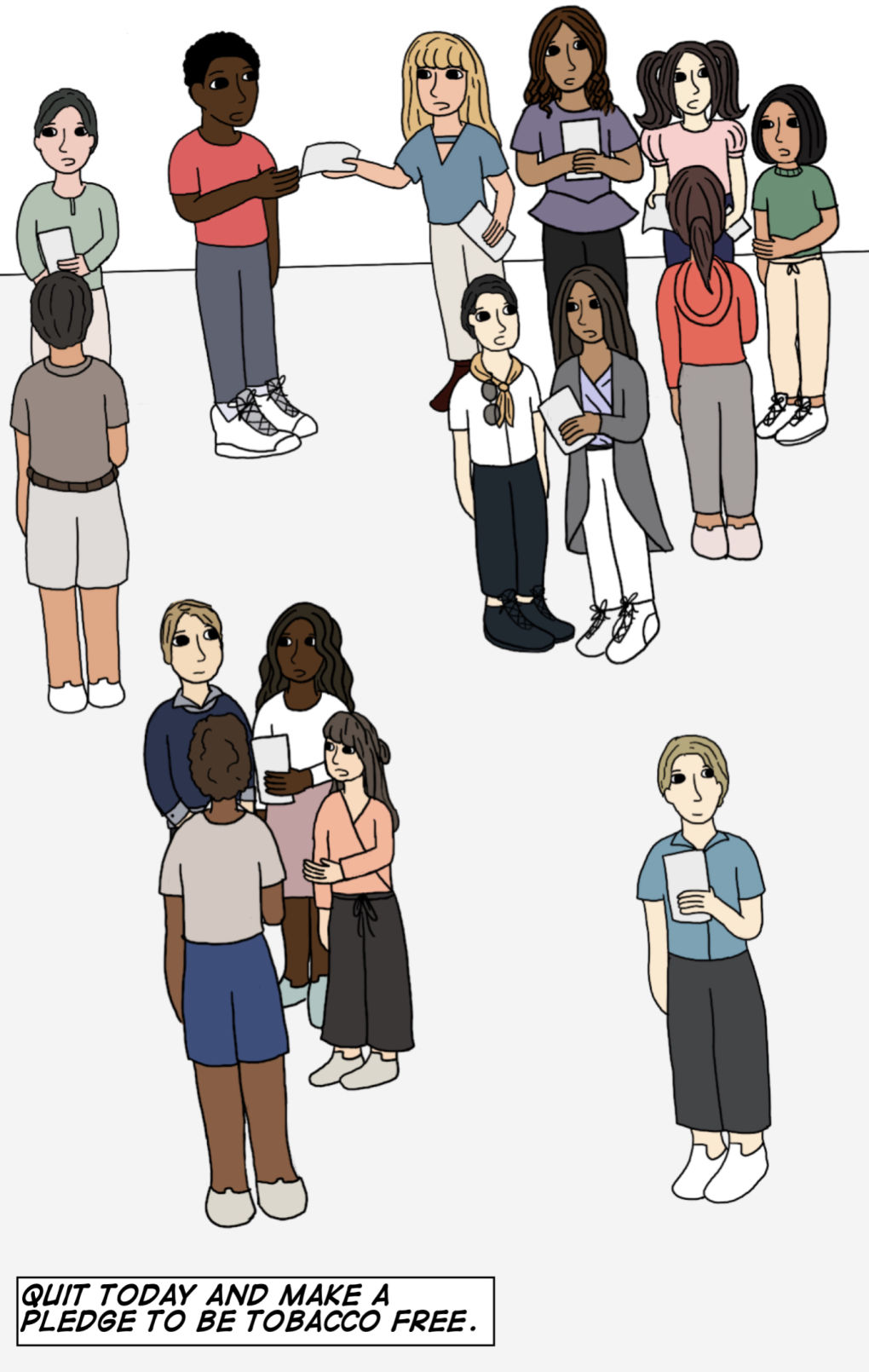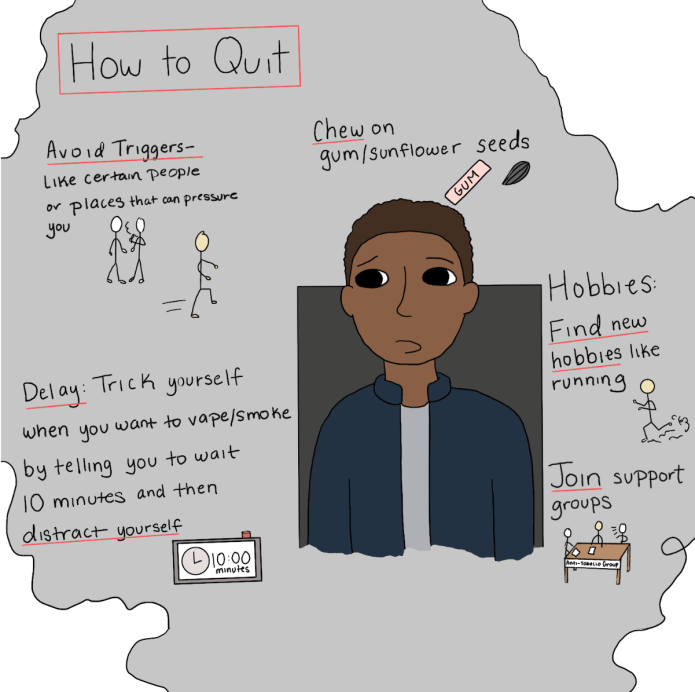
The Tobacco Quitting Booklet
To promote her project more and to help people get the right resources to quit, the author created a booklet for people to print for quick tips, phone numbers and apps related to tobacco cessation support. All the information in the booklet is the same as on this page.
If you want to print a copy of the tobacco quitting booklet, click here.
If you want to flip through a copy of the tobacco quitting booklet, click here.

